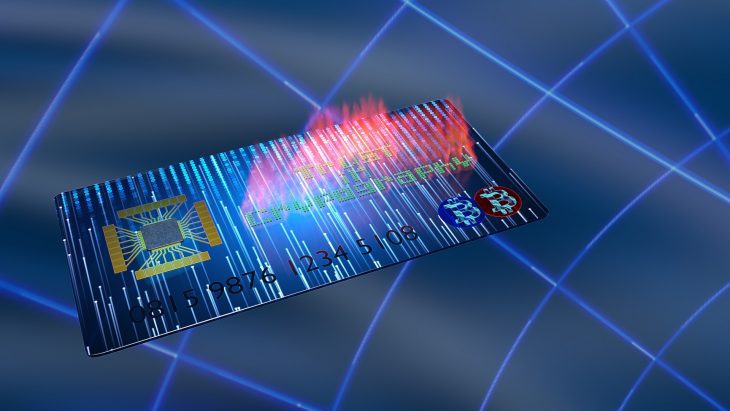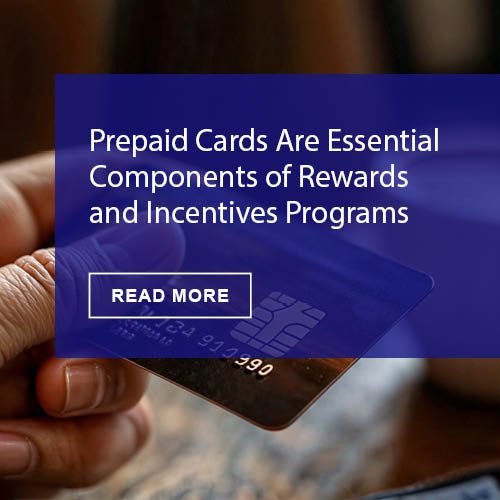Those who follow the developments in the commercial card space, particularly commercial credit cards in the mid-large market sectors, will be familiar with the growth of virtual card accounts (sometimes referred to as ‘single use accounts’, or SUA) during the past five years. Virtual cards have been the primary growth engine for this portion of the larger overall payments industry servicing businesses across the globe. Historically, travel cards (corporate cards, T&E cards) were the principal drivers of spending, but over the course of 20 years this spending trend shifted to procurement cards (P Cards) and now accelerated with virtual cards as an accounts payable tool in B2B use cases. Commercial card issuers (banks, sponsored entities and 3-party network schemes) have been pursuing this strategy due to the massive size of the global B2B payment market, which is generally agreed to be somewhere above $100 trillion in value transfer.
A primary challenge for the industry has been to increase their share of this B2B spending, which has lingered in the 2% range, despite the 20% growth in virtual card usage by payers. The vast majority of non-cash spend in this global B2B value exchange remains with the other payment methods, including wires, local e-payment schemes (similar to ACH in the U.S.), newer faster payments solutions and checks. The largest contributor to the challenge of increasing commercial card share of B2B spend is actually getting suppliers/merchants to agree on acceptance, then getting them enabled. Perceived acceptance cost (interchange and overall merchant discount rates) and varied IT complications are two of the main reasons for this acceptance resistance.
This news release, appearing in Finextra, is an example of how players in the industry are attempting to reduce that friction with innovative solutions and approaches. Boost Payment Solutions, a New York based fintech specializing in commercial card technology and enablement, has released Dynamic Boost, which allows for more flexibility in the overall pricing arrangement between networked parties, in particular the merchants.
‘…the cost of card acceptance was dictated entirely by rigid, fixed rates established by the card networks, so when buyers and suppliers wanted to exchange value via commercial card products, they were limited to pricing parameters that didn’t necessarily fit their commercial relationship. As a result, the expansion of commercial card use and acceptance for accounts payable spend has been disappointing…..Dynamic Boost’s pricing configurability can be tailored to transaction size, periodic volume levels, payment terms or other business rules established between trading partners.’
We have covered this friction issue now for years, most recently in a report titled U.S. Commercial Credit Card Market Forecast, 2016-2022: Growing at a Healthy Pace, released this month. The industry recognizes the opportunity for gaining more share of B2B spend, especially as a shift away from paper checks accelerates during the next five+ years. The math is fairly easy, since doubling commercial card B2B spend share to 4% represents about $500 billion of payments value in the U.S. and roughly $3 trillion globally. We think it is better to have 1% revenue against that incremental spending potential than 2.5% of nothing. So we shall monitor and see how this type of approach may change the spending patterns, and keep you posted.
“By reinventing pricing constructs for commercial cards, Dynamic Boost is solving long-held pain points associated with B2B card payments,” said Dean M. Leavitt, founder and CEO, Boost. “Commercial cards are entering a new era and Dynamic Boost has reshaped the landscape by liberating buyers, suppliers, and the financial institutions that serve them from the inflexible pricing parameters of the past.”
Overview by Steve Murphy, Director, Credit Advisory Service at Mercator Advisory Group











